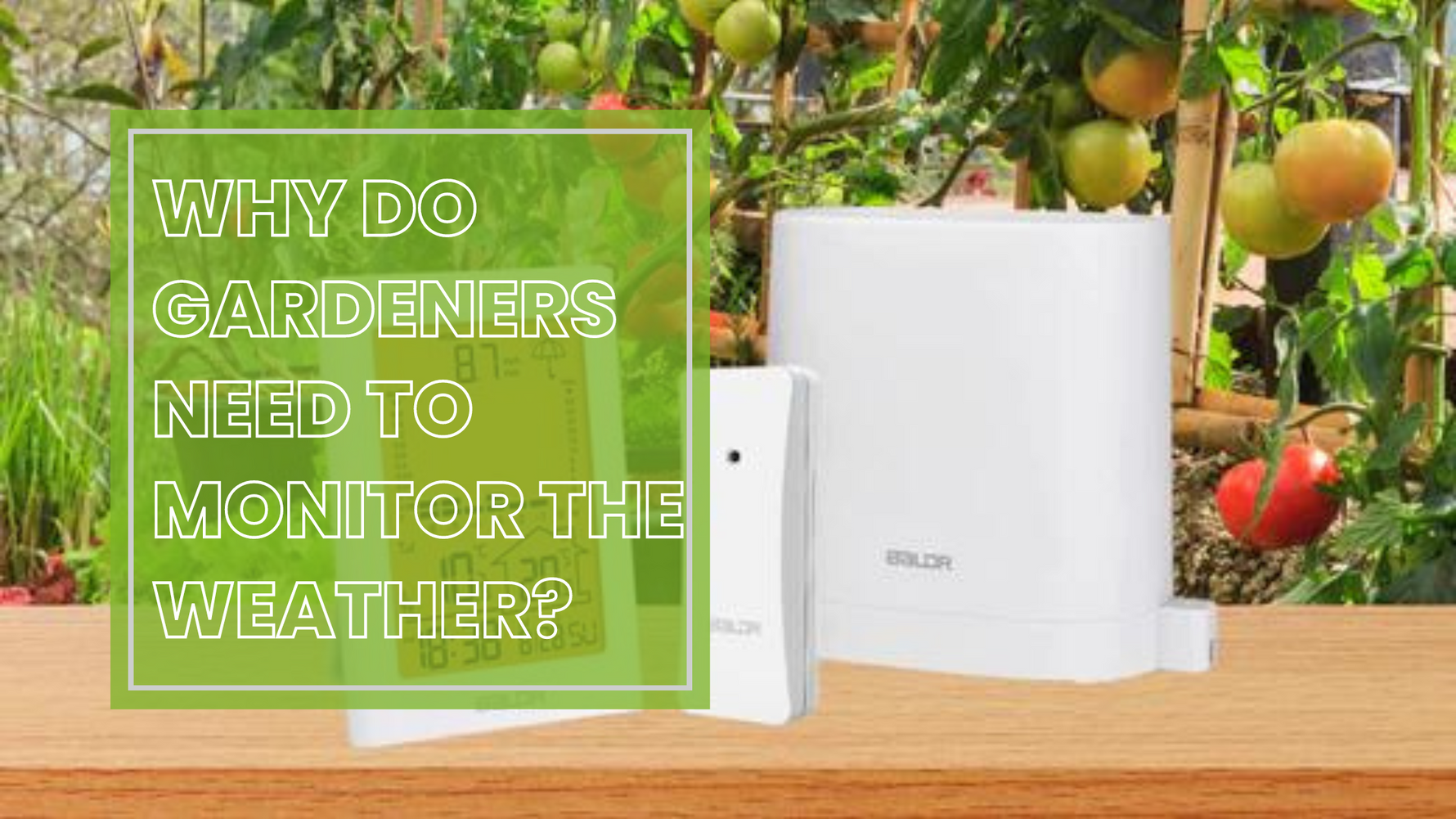News

News
10 Air-Purifying House Plants for a Healthier Home
by BALDR Electronic on Nov 07 2023
In today's world, where indoor living has become more prevalent, it's essential to ensure that the air inside our homes is clean and healthy. One effective way to achieve this is by incorporating air-purifying house plants into your living space. These green allies not only enhance the aesthetic appeal of your home but also work tirelessly to remove toxins and impurities from the air. Here are ten house plants that can significantly improve your home's air quality:
Peace Lily (Spathiphyllum): Known for its elegant white blooms and glossy leaves, the Peace Lily effectively filters out common indoor air pollutants, including ammonia, benzene, and formaldehyde.
Spider Plant (Chlorophytum comosum): With its arching green and white striped leaves, the Spider Plant is an excellent choice for removing carbon monoxide and other impurities from the air.
Snake Plant (Sansevieria): This modern and low-maintenance plant is a Pinterest favorite for its ability to filter out formaldehyde, xylene, and toluene, making it a stylish air-purifying choice.
Aloe Vera (Aloe barbadensis miller): Not only does Aloe Vera offer relief for skin irritations, but it also removes formaldehyde and benzene, common indoor pollutants.
Rubber Plant (Ficus elastica): The Rubber Plant's large, glossy leaves are not only a stylish addition to your home but also help eliminate toxins such as formaldehyde.
Boston Fern (Nephrolepis exaltata): This lush and feathery plant is highly effective in removing indoor air pollutants, especially formaldehyde and xylene.
Gerbera Daisy (Gerbera jamesonii): With vibrant, colorful blooms, Gerbera Daisies not only add beauty to your space but also remove trichloroethylene, which can be found in certain paints and cleaning products.
Lavender (Lavandula): Beyond its pleasant fragrance, lavender can improve air quality by reducing stress and anxiety, promoting better sleep and relaxation.
Bamboo Palm (Chamaedorea seifrizii): This tropical beauty is excellent at removing airborne toxins like formaldehyde and benzene while adding a touch of elegance to your space.
Philodendron (Philodendron): The heart-shaped leaves of the Philodendron are perfect for removing formaldehyde, one of the most common indoor air pollutants.
By incorporating these house plants into your living space, you can enhance the quality of the air you breathe and create a healthier and more inviting home environment. Not only do these plants purify the air, but they also contribute to your well-being and the overall aesthetic appeal of your home. So, why not start a greener and cleaner journey by adding these air-purifying house plants to your indoor oasis? Your lungs, and your home's aesthetics, will thank you.

News
Why Do Gardeners Need To Monitor The Weather?
by BALDR Electronic on Oct 18 2022
Gardening is a rewarding activity that can be enjoyed by people of all ages. Gardening can also be a great way to get some exercise and enjoy the outdoors, but it’s not just good for your body, it’s also good for your mind! Studies have shown that gardening has a positive effect on stress levels and may even contribute to better health outcomes among seniors.
Following are the top 4 reasons why gardeners need to monitor the weather
1. Plan gardening activities
Planning is important to ensure the success of your garden. You can plan and execute accordingly if you know what to plant, when, and how much water will be available. You’ll also need to consider the weather as a part of this planning process.
Gardeners need to keep an eye on the weather because it will affect so many different aspects of their gardening activities, from the types of plants that they grow in their gardens to how much time they spend outside working in them.
2. Prepare plants for different weather conditions
It's essential to know the weather forecast. This way, you can prepare your plants for the conditions they're about to face. If it looks like rain is coming in a few days, make sure that you put them in a greenhouse.
3. Protect young plants from frost
While you may not be able to predict exactly when each frost is going to occur, you can prepare your plants for the cold weather. If you’re growing a variety of plants in your garden, you must protect young plants from frost.
Young plants are more vulnerable than mature ones and can suffer from frost damage if not properly protected. While covering young plants with row covers or mulch can help prevent damage from heavy frosts.
4. Know when to water plants
A rain gauge is often part of a good weather station. It lets you keep track of how much rain has fallen. You can figure out how much water your garden needs by looking at how much it has rained. You can also use your rain gauge to keep track of how much you water. Not only will watering the right amount help your plants, but it can also save you money on your water bill.
It is essential to know what weather conditions are favorable to your garden.
Gardening is a fun and rewarding activity, but it can be hard to know when to water your plants. To make the most of your time and effort, it's important to know what the weather is like so that you can protect your garden from extreme conditions.
If you are new to gardening, or if you have had trouble with particular plants over time, knowing what kind of weather will affect them is essential. By knowing what kind of weather conditions are best for various plants in your area, as well as when those conditions change suddenly due to sudden changes in temperature or rainfall amounts/patterns;
Weather can affect your garden in many different ways. If you want to make sure that your plants are getting the right amount of water and care, then you must keep up with the weather conditions. This will help ensure they grow at their best!

